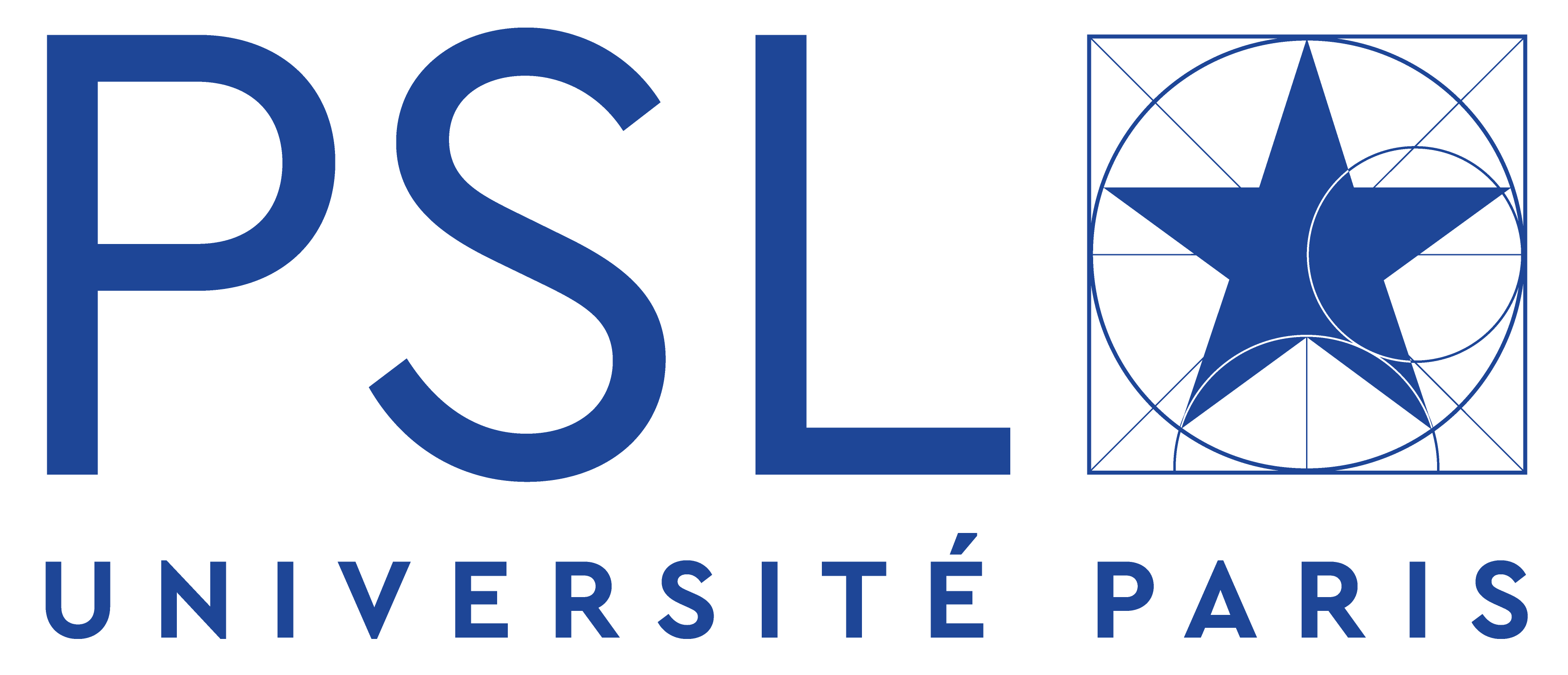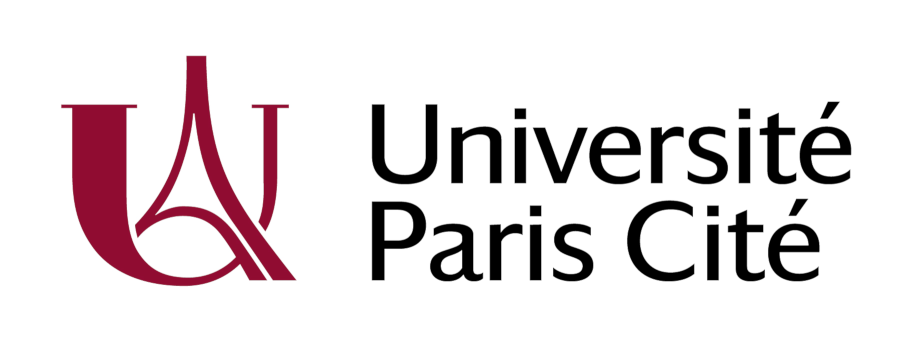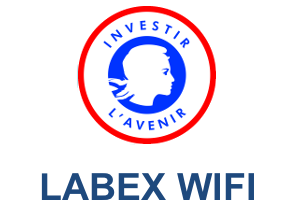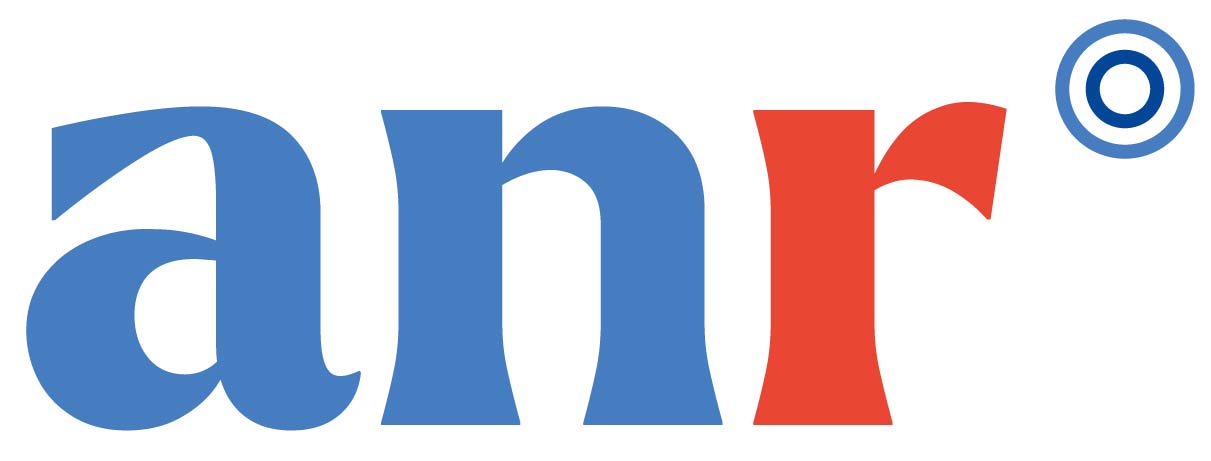Program
|
9h00-10h30 |
11h00-12h30 |
13h30-15h30 |
15h30-16h30 |
17h00-19h00 |
| Sun. |
Arrival to Cargèse |
| Mon. |
Lecture |
Lecture |
|
Lecture |
Lecture |
| Tue. |
Lecture |
Lecture |
|
|
Lecture |
| Wed. |
Lecture |
Lecture |
|
Poster Session |
| Thu. |
Lecture |
Lecture |
|
Lecture |
| Fri. |
Lecture |
Lecture |
Lecture |
| Sat. |
Departure from Cargèse |
Speaker and lecture titles
Pr. Hui Cao
Light transport through random media : physics and application
The first part is the fundamental study of light transport through disordered photonic waveguides. We have observed position-dependent diffusion by probing light propagating inside a quasi-two-dimensional random system from the third dimension. The system size and shape are designed to enhance the interference of scattered waves so that the diffusion coefficient is modified appreciably. We also use dissipation to control the effective system size, and tune the value of diffusion coefficient via the interplay of localization and dissipation. This work demonstrates the possibility of utilizing the geometry of a random system or the dissipation to manipulate wave diffusion.
The second part is the application of random media to spectrograph. We have designed and fabricated an on-chip spectrometer based on random arrays of scatterers. The speckle patterns are recorded and used to reconstruct the input spectra after the spectral-spatial mapping is calibrated. Multiple scattering of light increases the effective optical path length, facilitating the spectral decorrelation of speckle. It allows us to dramatically reduce the device size without sacrificing spectral resolution. To reduce the insertion loss, we incorporate certain degree of order to the random spectrometer. We have also used the speckle generated by a multimode optical fiber to recover the input spectra. This fiber spectrometer gives high-resolution and has low-loss. A wavelength resolution of 8 pm is achieved with a 20 meter long fiber and a broadband operation covering the visible spectrum is obtained with 1.5 nm resolution using a 2cm long fiber.
Pr. Georg Maret
Transition to Anderson localization of light in three dimensions
Georg Maret, Wolfgang Bührer, Tilo Sperling and Christof Aegerter
We report experiments on the time resolved transmission of multiple scattered light in strongly turbid three dimensional media composed of high index (titania) nanoparticles. At small values of kl*, with wave vector k and transport mean free path l*, and at long times the total transmission is delayed [1] and the width of the intensity profile at the backside of the sample saturates [2]. These deviations from diffusive transport which cannot be accounted for by absorption indicate a transition to 3D Anderson localization. Data for samples with different thickness and turbidity provide a direct determination of their localization length as function of kl* and allow to determine the critical value kl*c of the transition. We also discuss the spectral and power dependence of the transmission which reveal the presence of nonlinear effects [3].
[1] M. Störzer, P. Gross, C.M. Aegerter and G. Maret, Phys.Rev.Lett. 96, 063904 (2006).
[2] T. Sperling, W. Bührer, C.M. Aegerter and G. Maret, Nature Photonics, 7, 48-52 (2013)
[3] W. Bührer et.al. to be published
Pr. David A.B. Miller
How to design any linear optical component and how to avoid it ?
Any linear optical structure or device can be readily understood mathematically, but we have not known historically how to design any such device. For example, current challenging practical devices include efficient arbitrary spatial mode splitters and converters for multimode fiber and advanced free-space communications, especially avoiding any avoid fundamental power splitting loss. Here we show the first complete constructive method for design of an arbitrary linear optical device. In the spirit of a universal machine, this proves any linear optical device is possible in principle. We propose practical approaches for spatial devices. Finally, we show how all such actual design work can be avoided completely in systems that can configure themselves without performing any calculations.
Pr. John H. Page
Anderson Localization of Ultrasound in Three-Dimensional Mesoglasses
The question of whether or not the Anderson localization of classical waves can really occur in three-dimensional disordered materials has intrigued physicists for many years. Recently there has been considerable progress in answering this question, with the most direct demonstration of 3D Anderson localization being first established in acoustics, through measurements of the dynamic transverse confinement of energy in a “mesoglass” consisting of a disordered elastic network of aluminum beads [1]. In this approach, an incident ultrasonic point source is used, and the spatial extent of the transmitted intensity is measured as a function of time on the opposite side of the sample. For diffuse waves, the spatial intensity profile on the sample surface is Gaussian, and the width squared grows linearly with time. For localized waves, the transverse spreading of the intensity is cut off, and the width saturates at long propagation times, giving information on the localization length. Thus, measurements of this dynamic transverse width provide a very direct way, which is independent of absorption, of distinguishing between diffusive and localized states [1]. After reviewing our initial experiments and their successful interpretation using the self-consistent theory of localization [2], I will show how the transverse width evolves with time as frequency is varied, and a mobility edge, separating extended from localized waves, is crossed. This work is enabling us to study aspects of classical wave localization near the Anderson transition that have not been amenable to experimental investigation previously, such as the multifractal spatial structure of localized wavefunctions [3], long-range and even infinite-range correlations of the intensity with position and frequency [4], and dynamic backscattering phenomena that reveal, in addition to the effects of localization on time-dependent coherent backscattering, a surprisingly large recurrent scattering contribution.
[1] H. Hu, A. Strybulevych, J.H. Page, S.E. Skipetrov and B.A. van Tiggelen, Nature Phys. 4, 945-8 (2008).
[2] N. Cherroret, S.E Skipetrov, and B.A van Tiggelen, Phys. Rev. E 82, 056603 (2010).
[3] S. Faez, Anatoliy Strybulevych, J.H. Page, A. Lagendijk and B.A. van Tiggelen, Phys. Rev. Lett. 103, 155703 (2009).
[4] W.K. Hildebrand, A. Strybulevych, S.E. Skipetrov, B.A. van Tiggelen, and J.H. Page, arXiv:1303.7042.
Pr. Morchedaï Segev
Anderson Localization of Light and Beyond
Anderson Localization is one of the most basic concepts in solid-state physics. However, experiments with electronic systems have eluded scientists for many decades. Three decades after Anderson’s prediction, the concept has been extended to optics, and in 2007, our group has made the first demonstration of Anderson localization in its original context, where random fluctuations superimposed upon a periodic structure bring transport to a halt. Many experimental works have followed, in optics and matter-waves. But can disorder work to increase transport beyond diffusion, and perhaps even beyond ballistic transport ? The talk will review the recent progress on Anderson localization of light, and will describe experiments and theory demonstrating disordered–enhanced transport in photonic quasicrystals, and hyper-transport of light in photonic media with evolving disorder : a new regime of transport in which an arbitrary wavepacket expands at a rate faster than ballistic.
Pr. Lihong Wang
Synergy between light and sound : photoacoustic tomography and TRUE optical focusing
Photoacoustic tomography (PAT), combining optical and ultrasonic waves via the photoacoustic effect, provides in vivo multiscale non-ionizing functional and molecular imaging. PAT is the only modality capable of imaging across the length scales of organelles, cells, tissues, and organs with consistent contrast. PAT has the potential to empower multiscale systems biology and accelerate translation from microscopic laboratory discoveries to macroscopic clinical practice. PAT may also hold the key to the earliest detection of cancer by in vivo label-free quantification of hypermetabolism, the quintessential hallmark of cancer. Time-reversed ultrasonically encoded (TRUE) optical focusing is based on ultrasonic modulation of coherence light propagating in scattering tissue followed by time reversal of the ultrasonically encoded light component. TRUE focusing can noninvasively deliver light to a dynamically defined focus deep in a scattering medium. This technology opens the door to an even greater paradigm-shifting opportunity—one that controls the photon paths to minimize transmission loss in tissue.
Pr. Martin Wegener
Transformation materials for optics, elastodynamics, and thermodynamics
I review our experimental efforts regarding implementing the ideas of transformation optics in the areas of optics, mechanics, and thermodynamics. This requires designing and fabricating artificial materials with intentionally spatially inhomogeneous and/or anisotropic effective material properties. In optics, visible-frequency broadband polarization-independent three-dimensional carpet cloaks have become possible. In mechanics, broadband two-dimensional free-space cloaks have been demonstrated and pentamode metamaterials for three-dimensional architectures are emerging. In thermodynamics, two-dimensional free-space cloaks have recently become possible - bringing us back to the beginnings of the field, i.e., to the Calderon tomography problem.
Pr. Nikolay Zheludev
What’s matter with meta matter ?
We report on recent developments in metamaterials and nanophotonics research. Out particular focus will be on coherent control of signals with metamaterials, generation of vector potential fields with toroidal structures and using photonic network as oracle for solving complex decision problems.
Pr. Claude Boccara
Random behavior in optical coherence
The randomness of the refractive index and/or the position of the scatterers blur the images in biological tissues. OCT by selecting singly backscattered photons is a first approach that allows overcoming this problem. Even with incoherent sources the OCT signal exhibits a speckle distribution. Despite of the speckle in the images the Full Field OCT (FFOCT) approach that we have developed allows to reveal the tissue morphology at the micron scale and starts to be a valuable tool in intra operative surgery. Sometimes the morphology is not enough to characterize the tissue, so we will examine the basic nature of the signal and what kind of supplementary information can be extracted from the OCT data such as local refractive index, density of scatterers and elasticity map. Finally (because we are in Cargese !) I will shows how FFOCT is used to count and characterize, through their Brownian trajectories, viruses in see water.
Pr. Rémi Carminati
Weak and strong coupling regimes of light-matter interaction in nanoscale disordered media
The interplay between multiple scattering, near-field interactions and material resonances in disordered media leads to substantial changes in the photonic properties, compare to that of bulk materials. Changes in the local density of optical states (LDOS) influence spontaneous emission as well as absorption of light (weak coupling regime or Purcell effect). Disorder also influences the intrinsic spatial coherence that can be described by the concept of cross density of states (CDOS). A reduction of the intrinsic spatial coherence can reveal the spatial localization of modes in a complex system. The strong coupling regime can even be reached between a resonant scatterer (or emitter) and an Anderson localized mode. In the lecture we will focus on the basic concepts used to describe the different interaction regimes, and illustrate the main trends based on numerical simulations and experiments. We will also discuss some analogies between different kind of measurements that are actually driven by the same features of the underlying structure of the optical eigenmodes.
Pr. Didier Felbacq
Universality and scaling in topological metamaterials
The presentation will deal with electromagnetic wave propagation in a model metamaterial made of dielectric rods. The scatterers are such that they present a double resonance (magnetic and electric) in such a way that conduction bands are opened. A low frequency analysis will show that the behavior of the system can be described by resonant (dispersive) electromagnetic parameters ε and μ. The bands have universal features with respect to symmetry and scaling, that will be explored numerically. The link with photonic topological insulators will be discussed as well as the transition to Anderson localization.
Dr. Sylvain Gigan
Matricial approach to optical wavefront engineering
The randomness of the refractive index and/or the position of the scatterers blur the images in biological tissues. OCT by selecting singly backscattered photons is a first approach that allows overcoming this problem. Even with incoherent sources the OCT signal exhibits a speckle distribution. Despite of the speckle in the images the Full Field OCT (FFOCT) approach that we have developed allows to reveal the tissue morphology at the micron scale and starts to be a valuable tool in intra operative surgery. Sometimes the morphology is not enough to characterize the tissue, so we will examine the basic nature of the signal and what kind of supplementary information can be extracted from the OCT data such as local refractive index, density of scatterers and elasticity map. Finally (because we are in Cargese !) I will shows how FFOCT is used to count and characterize, through their Brownian trajectories, viruses in see water.
Dr. Stefan Enoch
Scaling up the holes : Towards Seismic metamaterials
It has been recently suggested that structured media can bend light trajectories the wrong way, making a flat convergent superlens, or even detour light around an objsect, making an invisibility cloak. Such electromagnetic metamaterials introduced by Sir John Pendry during the last decade have counterparts in acoustics. In this talk, I will focus my attention on certain type of surface waves : flexural (Lamb) waves propagating within thin elastic metamaterial plates which have been experimentally studied this year by research groups in Wegener in Karlsruhe, Vandenberghe in Marseille, with applications thought in cloaking, and Sebbah’s group in Paris, where the dynamics of a flat lens for Lamb waves has been unveiled. Interestingly, control of flexural waves opens a route towards seismic metamaterials. First experiments performed by multinational company Menard this year near the French cities of Grenoble and Lyon demonstrate that one can shield or even focus a seismic wave of magnitude 4 on the Richter scale through an array of meter sized holes drilled in a rather homogeneous soil.
Pr. Vincent Laude
Phononic crystals for the control of acoustic waves
Phononics can be defined as the science of designing artificial acoustic materials with tailored dispersion properties. Of special interest are phononic crystals, two- or three-dimensional periodically structured materials that show a number of amazing properties - but only if properly designed. For instance, strong confinement of wave energy can be obtained inside complete band gaps, i.e., frequency ranges within which no wave propagation is allowed, whatever the incidence and the polarization. Even outside band gaps, the periodic structure leads to very strong spatial dispersion, resulting in properties unavailable with usual homogeneous materials. I will highlight recent achievements in the field of phononics and use them to emphasize that much remains to be achieved. Topics include experimental demonstrations of band gaps, waveguiding and cavity design, crystals for surface acoustic waves, and phononic crystal slabs.
Pr. José Sánchez-Dehesa
Recent Advances on Acoustic Metamaterials
I will start reporting the advances on acoustic cloaking and our experimental demonstration of 2D and 3D acoustic cloaks based on scattering cancellation. Afterwards, I will review the latest results on acoustic metamaterial with negative parameters and density near zero materials. In these topics, the multiple scattering method has been employed as a tool to design building units of artificial structures whose effective parameters can be adjusted. Experiments supporting the theoretical prediction will be also described.
Dr. Sergey Skipetrov
Quantum optical resources for imaging and wave control in random media
Many imaging and adaptive techniques can be realized in very similar ways with different kinds of waves : light, microwaves, sound or elastic waves, for example. Light has, however, an important difference as compared to other waves : it exhibits manifest and readily controllable quantum properties under standard experimental conditions (room temperature, atmospheric pressure, visible wavelength). The purpose of this lecture will be to imagine and explore the possible uses of this new, quantum resource for practical purposes. In particular, we will discuss the use of non-classical states of light (Fock and squeezed states) to probe turbid media, as well as the potential of quantum entanglement between photons to control their propagation through a random environment.









